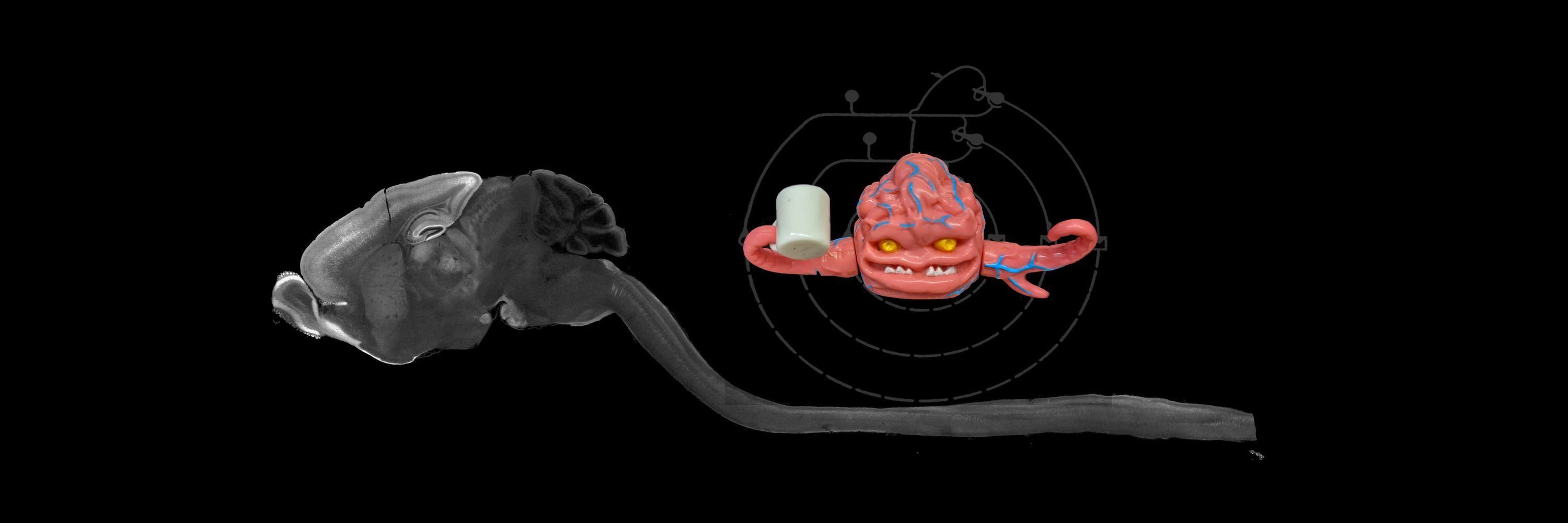
Jason Keller
@neurojak.bsky.social
Neuroscientist in DudLab @dudman.bsky.social at Janelia @hhmijanelia.bsky.social
Husband, father, tinkerer, nature lover
https://scholar.google.com/citations?user=7IUnSGkAAAAJ&hl=en
https://orcid.org/0000-0001-9839-7293
Husband, father, tinkerer, nature lover
https://scholar.google.com/citations?user=7IUnSGkAAAAJ&hl=en
https://orcid.org/0000-0001-9839-7293
Inspired by Francis Collins on guitar and all the wonderful speakers at Stand Up For Science DC today. Keep it up!

March 7, 2025 at 7:59 PM
Inspired by Francis Collins on guitar and all the wonderful speakers at Stand Up For Science DC today. Keep it up!
(8/11) Thus, we suggest that cortex can learn contextual, predictive motor control from subcortical “demonstration” of innate behavior. This doesn’t seem too crazy since imitation learning has been uniquely successful for efficiently teaching robots how to control their bodies.

February 13, 2025 at 7:20 PM
(8/11) Thus, we suggest that cortex can learn contextual, predictive motor control from subcortical “demonstration” of innate behavior. This doesn’t seem too crazy since imitation learning has been uniquely successful for efficiently teaching robots how to control their bodies.
(5/11) Those jump movements are powerful and make detailed recordings and manipulations prohibitive, so we designed a rig that enabled a head-fixed mouse to instead push a platform down using hindlimb extension. They get a cue that predicts cold air, and can quickly learn to avoid it:
February 13, 2025 at 7:19 PM
(5/11) Those jump movements are powerful and make detailed recordings and manipulations prohibitive, so we designed a rig that enabled a head-fixed mouse to instead push a platform down using hindlimb extension. They get a cue that predicts cold air, and can quickly learn to avoid it:
(3/11) The body is complex, so learning to control it quickly in a new situation is a vexing problem. Fortunately, cerebral cortex is at the top of a hierarchy of behavioral control and can “re-use” subcortical components, for example if they can already control a jump.

February 13, 2025 at 7:18 PM
(3/11) The body is complex, so learning to control it quickly in a new situation is a vexing problem. Fortunately, cerebral cortex is at the top of a hierarchy of behavioral control and can “re-use” subcortical components, for example if they can already control a jump.
(2/11) We were inspired by how quickly both young and old mice could learn to jump to escape a cold air stream:
February 13, 2025 at 7:17 PM
(2/11) We were inspired by how quickly both young and old mice could learn to jump to escape a cold air stream:

